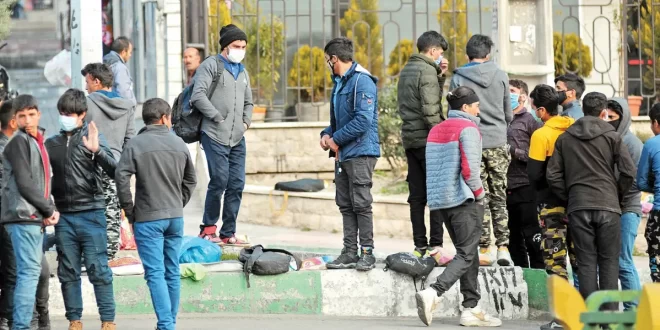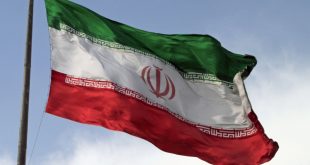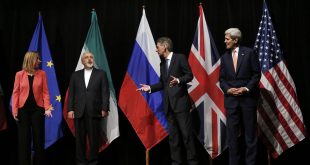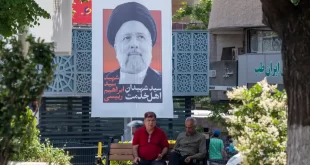Iran’s Statistical Center recently announced a decline in the country’s unemployment rate to 7.6 percent this fall from 10.6 in the same period in 2019.
The report didn’t explain the reason for the decline, but, a comparison of the new numbers for the labor force (employed or seeking jobs) with four years ago indicates that in fact, 3.6 million job seekers have given up. This might explain the decline in the official unemployment rate.
The reason for the declining unemployment rate is not the creation of new jobs, but a decline of those seeking employment. This is more logical given deep recessions and an economic crisis since 2018, when the United States withdrew from the JCPOA nuclear accord and imposed economic sanctions.
The unemployment rate is defined as the ratio of unemployed individuals actively seeking jobs to the total active members of society, or the labor force. The unemployment rate can only decrease when either job seekers find jobs, or the unemployed give up looking for work. In Iran’s case, the second scenario has occurred.
Iran’s Statistical Center ‘s figures indicate that around 44.3 percent of individuals aged 15 and above were active (employed or in job search) during the fall of 2019. However, the recent report shows that the active labor force has declined to 41.5 percent.
If 3.6 million individuals were not discouraged from job hunting and remained active, the real unemployment rate this fall would have exceeded 18%.
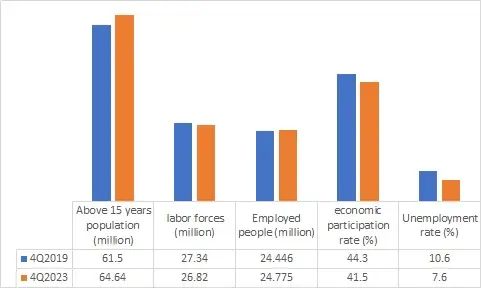
Additionally, details from the Statistics Center’s report indicate that two million of the country’s 24.77 million employed individuals have incomplete employment, working less than 44 hours per week.
Earlier, the Parliament Research Center had highlighted that a large percentage of younger people had given up seeking employment, stating that the real unemployment rate in the country is 2.5 times higher than the official figures.
World Bank statistics also reveal a decrease in the ratio of employed individuals in Iran compared to the labor force population over the past four years.
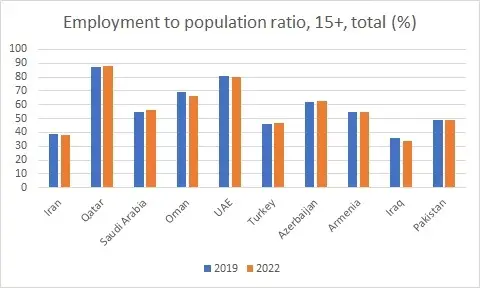
President Ebrahim Raisi’s administration, without acknowledging these realities, has claimed a significant reduction in the unemployment rate by only calculating unemployed individuals seeking jobs against the total active population.
Low Employment Rates among Educated Youth and Women
The details of the new report from the Statistical Center indicate that 43 percent of those seeking jobs hold higher education degrees.
This highlights a significant challenge for young graduates in finding jobs. Additionally, the economic participation rate of women is remarkably low, with approximately 11.4% of Iranian women in working age being employed.
In other words, nearly 91% of women above the age of 15 in Iran are without any occupation, even in family-related businesses such as farming and agriculture.
The World Bank statistics reveal that, among regional countries, only Iraq and Yemen have a worse employment situation than Iran.
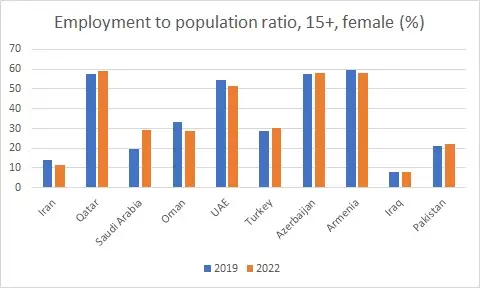
In comparison, the employment ratio of working women to the total female population above 15 years of age is around 57% in Qatar and 49% in the UAE. A similar situation prevails in Kuwait and Bahrain, with the female workforce ratios above 56% in the Republic of Azerbaijan and Armenia.
Even in the traditionally conservative Saudi Arabia, which had a comparable employment ratio with Iran in early-2010s, the figure has now increased to more than 29%, surpassing Iran by 2.5 times. A similar situation is observed in Oman.
Economic Indicators: Inflation, Unemployment, and Wage Disparities
The combined rates of unemployment and inflation constitute the “misery index,” with Iran consistently ranking among the top countries in the region, facing high misery scores.
It is evident that wage disparities in Iran are also the worst in the region, with the average income of employed individuals in Saudi Arabia, the United Arab Emirates, and Qatar being 7 times, 13 times, and 18 times higher than in Iran. Even in Azerbaijan and Armenia, the average wages are approximately double those in Iran.
This substantial wage gap exists while the Raisi administration has increased the minimum wage by about 20% for the coming fiscal year, starting on March 22. However, the increase is not even half of the the annual inflation rate in the country. Another notable point is that a significant portion of employed women in Iran do not receive wages as they work in family-related jobs, especially in agriculture.
The World Bank estimates that only 60 percent of employed women in Iran receive wages. In contrast, in Qatar, 100 percent of employed women receive wages, 94 percent in the United Arab Emirates, and in Saudi Arabia, it is over 88 percent.
Moreover, the International Monetary Fund (IMF) figures reveal that the gender pay gap in Iran is approximately 23 percent in public sector occupations and around 36 percent in non-governmental jobs, indicating a significant gender-based wage disparity in Iran.
www.iranintl.com

